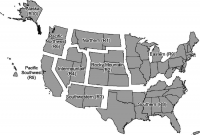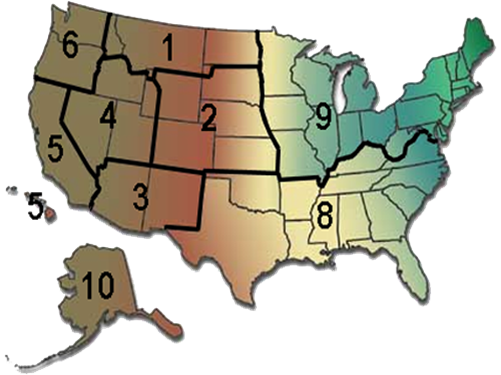Dustin4185
Pinnacle OPE Member
- Local time
- 7:11 PM
- User ID
- 2032
- Joined
- Oct 25, 2016
- Messages
- 1,827
- Reaction score
- 7,087
- Location
- East TN
Western falling isn't the only game in town - a few years ago, some western fallers were sent east to cut hazard trees on a big fire in North Carolina - a couple ended up getting hurt pretty bad because
they misjudged the felling sequence and limb weight of big hardwoods.
I have been through the USFS S212 several times and cut quite a bit with fallers for them. The last class had a guy teaching that had came from Oregon. Great faller, but he admitted there was a huge learning curve when he came to the Cherokee Hotshots in east TN. Holding wood, judging lean and weight, judging if the tree is hollow or not, all plays into the plan to get the tree on the ground safely. The biggest issue I have ever had is not looking up enough while cutting. I’ve been told several times “what’s up there is what will kill you”! I’ve learned a lot cutting with guys like that, but they aren’t timber cutters. Everything is high stumped and then go back and cut the block lower.








